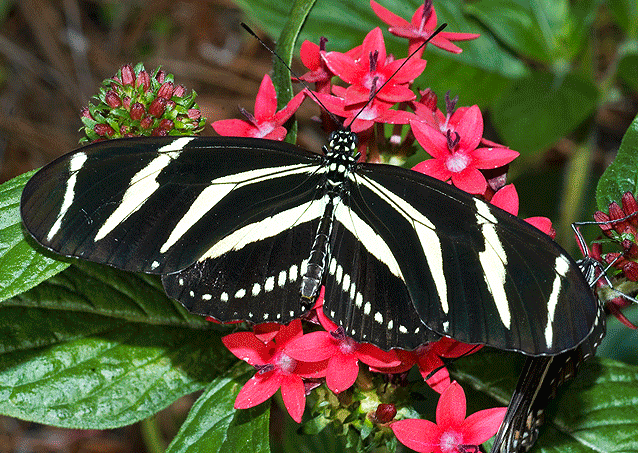

The summer azure is a powdery blue butterfly with white patches, small black dots, and zig-zag lines. Their caterpillars live on host plants, such as: Adults prefer rotting fruit, carrion, dung, and tree sap but will also feed on flowers such as aster, milkweed, and sweet pepperbush. You can find these butterflies in wooded areas of the central counties in the upper peninsula, southern Michigan, and some in the Traverse City region. Their uppersides are typically more orangey with black spots and their wingspans are 2.25 to 3 inches. The question mark butterfly gets their name from the white question mark in the center of their light brown hindwing. Scientific name: Polygonia interrogationis Question mark question mark butterfly by khteWisconsin via Flickr You may also like: 19 Wildflowers in Florida (With Photos)ĥ. Caterpillars feed on willow trees, including cottonwoods and poplars.

You can find them throughout Michigan except for some counties in the central region and west of the upper peninsula. These butterflies prefer shrubby or moist open areas, such as wet meadows, valley bottoms, and swamp or lake edges. Their wingspans are also smaller at 2.5 to 3.4 inches. However, they also have a black line crossing their lower wing and a row of white dots on the black margin of their wings. The viceroy butterfly has an orange and black upper wing, closely resembling the monarch. Their caterpillars enjoy over 100 host plants, including hollyhock, mallow, thistles, and various legumes. In Michigan, you can find them in the southern counties, the upper peninsula, and the Traverse City region.Īdults feed on nectar plants, such as thistles, cosmos, asters, blazing stars, and milkweeds.

These butterflies are the most distributed species worldwide. The painted lady butterfly has wingspans of 2 to 2.8 inches that are orange-brown with darker edges on the forewing. Painted lady painted lady butterfly on a flower Their caterpillars enjoy host plants such as monkey flowers, snapdragons, false foxglove, and gerardia.ģ. They frequent nectar flowers, such as zinnia, hydrangea, and butterfly bush. You can find them mostly in the south of Michigan, with some populations in the Traverse City region and the peninsula. They also have orange bands on their forewings. The common buckeye butterfly is brown with one spot on their upper wing and two on their hindwings – these eyespots are suspected to help scare away predators. Their poison comes from the milkweeds adults and caterpillars feed on.īesides milkweed plants, such as the common milkweed, swamp milkweed, and butterfly weed, monarchs also enjoy other flowers, including:Ģ.

Their wingspan ranges from 3.3 to 4.8 inches and the orange color warns predators to stay away, especially since they are poisonous to vertebrates. Monarch butterflies are found throughout the state and have bright orange wings with black veins and borders. The 15 species of Michigan butterflies this article covers are the monarch, common buckeye, painted lady, viceroy, question mark, summer azure, Milbert’s tortoiseshell, northern crescent, zebra swallowtail, red admiral, American copper, coral hairstreak, mourning cloaks, dainty sulphur, and common wood-nymph. The state of Michigan has plenty of habitats, including forests, grasslands, and coastal dunes, with nectar-producing flowers that are the main food source for many species. Let’s have a look! 15 butterflies in Michigan These scales are actually transparent and the colors you see are the light reflecting off the chitin! There are over 50 species of butterflies in Michigan, this article will detail information on 15 species in the state, including the plants they frequent and where you can find them. For instance, their wings are covered in thousands of mini scales made of a protein called chitin. Butterflies are flying insects fascinating in many ways.


 0 kommentar(er)
0 kommentar(er)
